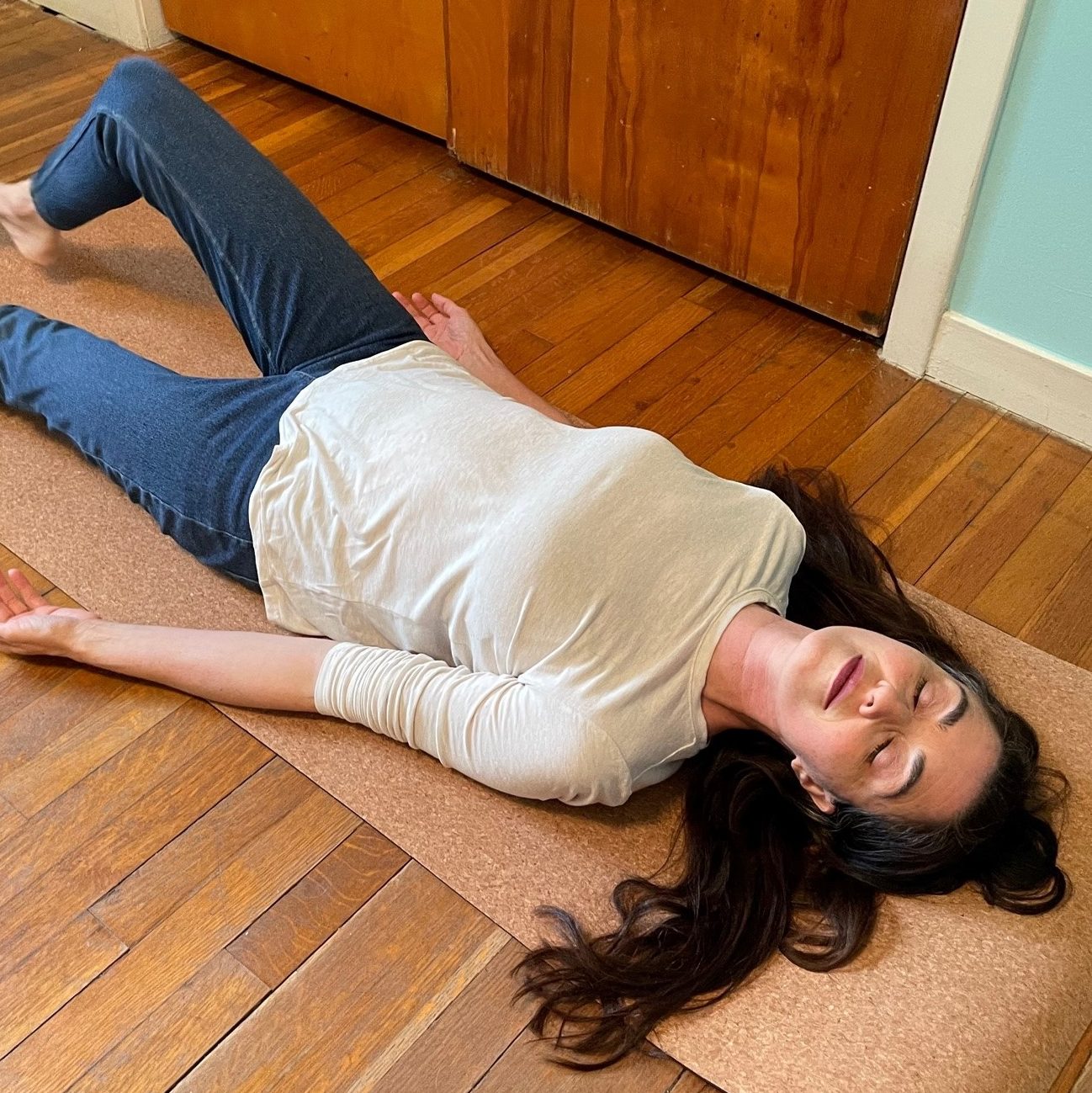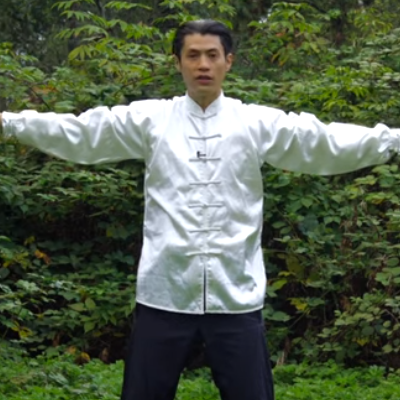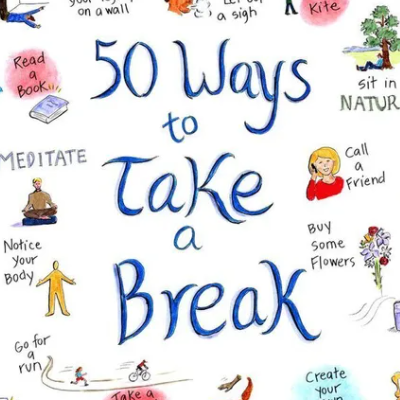12 Simple Hacks to Calm Emotions
Managing your emotions, especially in times of stress and anxiety, isn’t easy. Our brain’s limbic system handles both our emotional and physical response to emotion. And when that system is over-activated, it can be hard to come down. Luckily, there are simple tools to help calm you down and feel more grounded.
(Click image to view article)
Half Smile & Willing Hands
Square Breathing
Give Yourself a Big Hug
Try this go-to tool to ease big emotions. The half smile is a relaxed face with upturned lips. It’s not a full smile, no one needs to see that you’re smiling. This physical act helps communicate to your brain that you can handle this moment.
Willing hands if seated: Both feet are flat on the floor. Hands are palms up, open with fingers relaxed.
If standing: Loosely drop your arms by your sides, straight or slightly bent at the elbow. Open, relaxed palms face out to the room.
If lying down: Lie on your back with your arms by your sides. Turn your open palms up with fingers relaxed.
- Breathe in slowly and deeply, really feel your belly expand, for 4 seconds.
- Hold that breath for 4 seconds.
- Slowly exhale for 4.
- Hold for 4 without taking a breath.
- Keep repeating until you feel your system relax.
Paced Breathing
Take it a step further and slow your breathing down.
- Breathe slowly and deeply in through your nose for 4 seconds.
- Hold for 7 seconds.
- Exhale through your mouth for 8 seconds.
- You can try slowing it down even more.
Kids can also learn deep breathing to help them control their emotions. Parents and teachers, check out this demonstration from Integral Care child therapist Kelly Bodu, MA LMFT.
The Butterfly Hug
Binaural Beats
Put Yourself on Ice
- Fill a sink or large bowl with cold water, add some ice. Dunk your face in the water, holding there for as long as you can. Come up for air and repeat until you feel calmer.
- This exercise triggers your brain’s cold water “dive response.” Your heart rate slows, blood flow to nonessential organs is reduced and so are your emotions.
- Mindfulness is a great tool for calming kids as well. Parents and kids, check out Integral Care child therapist Kelly Bodu, MA LMFT demonstrating what she calls Catching the Rainbow. (Skip to 1:40.)













